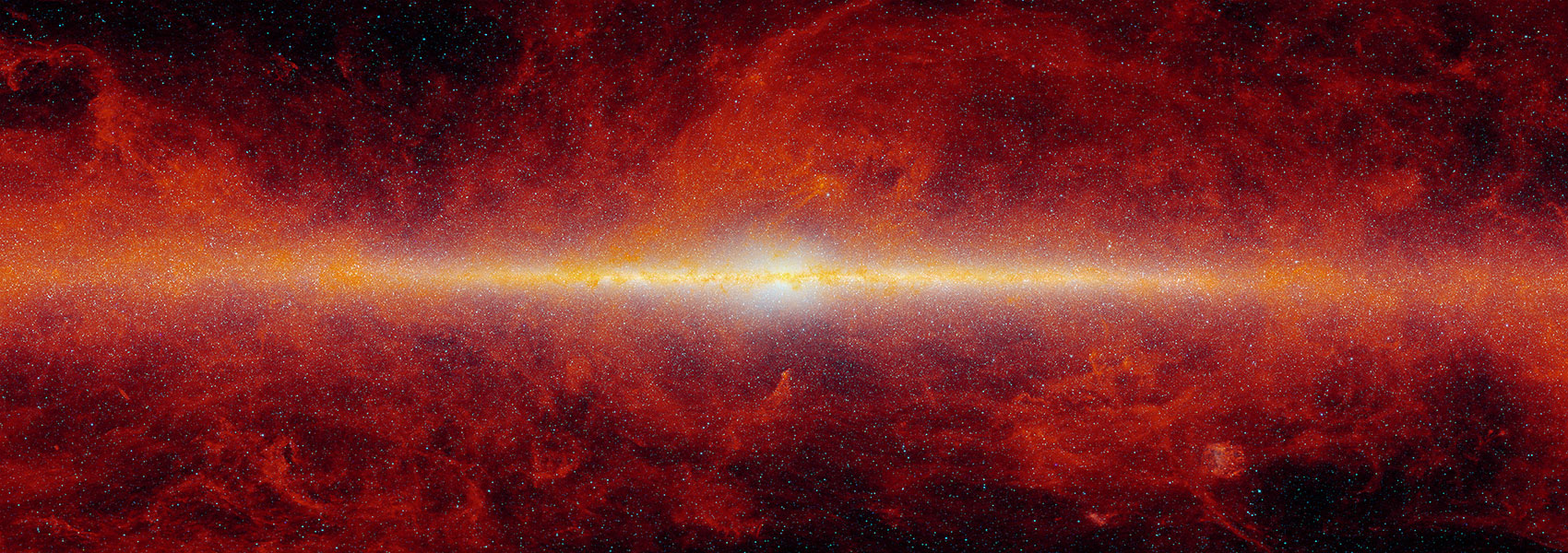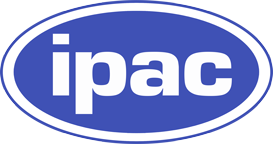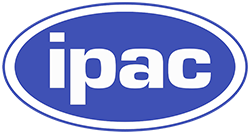
Stellar- and AGN-driven Outflows in JWST Galaxies at z = 3–9: More Frequent, Wider Opening Angles, and Mostly Bounded
May 2025 • 2025ApJ...984..182X
Abstract • We study outflows in 130 galaxies with ‑22 < MUV < ‑16 at z = 3–9 identified in JWST NIRSpec and NIRCam WFSS data taken by the ERO, CEERS, FRESCO, GLASS, and JADES programs. We identify 30 out of the 130 galaxies with broad components of FWHM ∼ 200–700 km s‑1 in the emission lines of Hα and [O III] that trace ionized outflows. Four out of the 30 outflowing galaxies are Type 1 AGN whose Hα emission lines include line profile components as broad as FWHM ≳ 1000 km s‑1, while one galaxy is identified as a Type 2 AGN by high ionization emission lines. With the velocity shift and line widths of the outflow broad lines, we obtain ∼80–500 km s‑1 for the outflow velocities. We find that the outflow velocities are slower than low-z galaxies with similar star formation rates, which may be explained by the low stellar masses of high-z galaxies. The outflow velocities of AGNs are large but not significantly different from the others. Interestingly, these outflow velocities are typically not high enough to escape from the galactic potentials, possibly suggesting fountain-type outflows. We estimate mass loading factors η to be 0.1–1, which are not particularly large, but comparable with those of z ∼ 1 outflows. The large fraction of galaxies with outflows (30% with high-resolution data) provides constraints on outflow parameters, suggesting a wide opening angle of ≳45° and a large duty cycle of ≳30%, which gives a picture of more frequent and spherical outflows in high-z galaxies.
Links
- SIMBAD https://simbad.u-strasbg.fr/simbad/sim-ref?querymethod=bib&simbo=on&submit=submit+bibcode&bibcode=2025ApJ...984..182X
- PDF https://iopscience.iop.org/article/10.3847/1538-4357/adc733/pdf
- PREPRINT http://arxiv.org/abs/2310.06614
- DATA https://archive.stsci.edu/mastbibref.php?bibcode=2025ApJ...984..182X
- DATA https://archive.stsci.edu/mastbibref.php?bibcode=2025ApJ...984..182X
- ELECTR https://doi.org/10.3847/1538-4357/adc733


